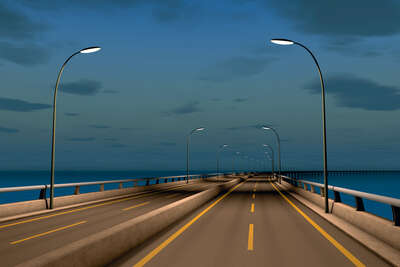

- Exclusive offers
- Inspiring new releases
- Personal invitations to Art Events

Tracing the Essential Gero Gries has dedicated himself completely to artistic creation on the computer. His precisely executed large-format interiors and portraits are highly stylized for purposes… Read more
Intro Bio Exhibitions


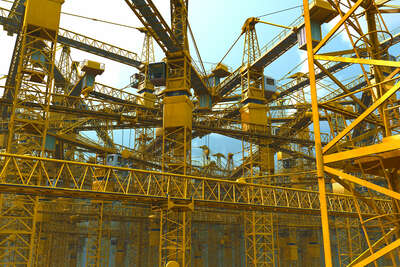

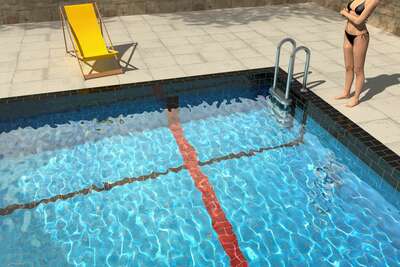

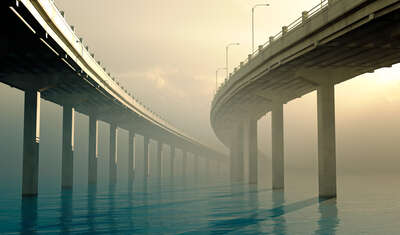

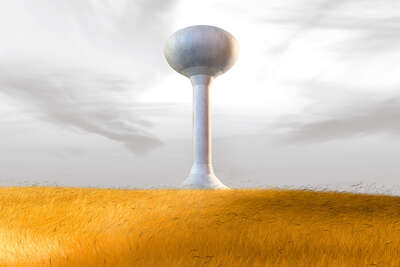

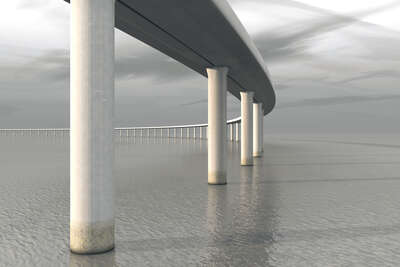

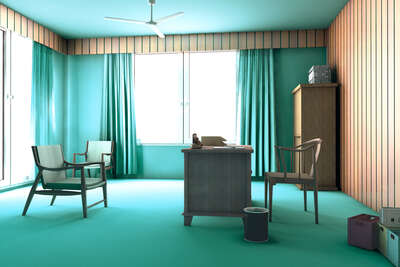

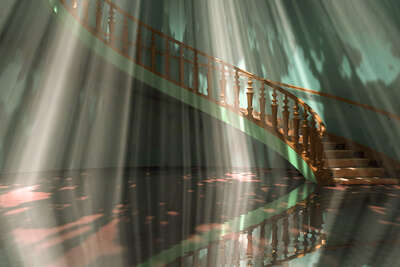

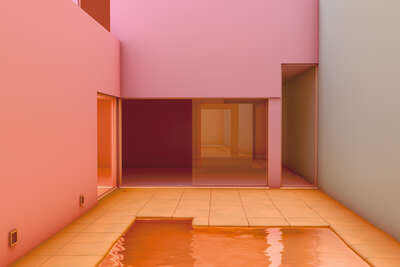

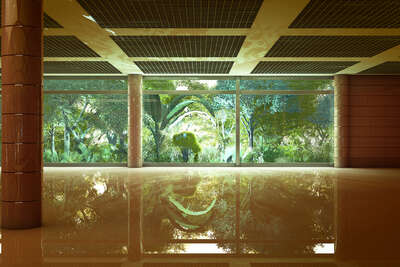

| 1951 | Born in Marburg |
| PhD in medicine | |
| Since 1984 | Performances and exhibits |
| Since 1992 | Computer renderings |
| Lives and works in Berlin |
| 1993-1994 | Studio Scholarship, Kunstwerke, Berlin |
| 1991/1992 | DAAD Scholarship in Los Angeles |
| Guest lecturer at ArtCenter, Pasadena | |
| 1989/1990 | Studio Scholarship Künstlerhaus Bethanien, Berlin |
| 2005 | Tunnelblick, DAM, Berlin |
| 2000 | pict, Kunstiftung Poll, Berlin |
| 1995/1996 | Meere & Zellen (Seas and Cells), various locations, Berlin |
| 1994 | Adhan, Kunst vor Ort (Art on Location), Hannover-Langenhagen |
| 1992 | v, Gallery Fenster, Städelschule, Frankfurt/Main |
| 1990 | Mond 2 die 1. (Moon 2 1), Künstlerhaus Bethanien, Berlin |
| zeitmalzeit (Time Meal), Laden für Nichts, Berlin | |
| 1989 | Bilder Lernen Fahren (Images Learn to Drive), Mehrzweckhalle, Berlin |
| 1988 | Kunst für Touristen (Art for Tourists), Laden für Nichts, Berlin |
| 2006 | FORESIGHT, Kunstverein Augsburg |
| 2004 | Virtual Illusion, DAM, Berlin |
| 2003 | Digital Power, DAM, Berlin |
| 2002 | natürlich künstlich - Das virtuelle Bild (Naturally Artifical - the Virtual Image), Kunsthalle Rostock, Kunstverein Mannheim, Haus am Waldsee, Berlin |
| 1999 | Digital Sunshine, Kunsthallen Brandts Klædefabrik, Odense, Denmark |
| 1998 | Le futur du passé, LAC, Sigean, France |
| 1996 | Exhibition: Die Gallery (Wewerka), Interims-Kunsthalle, Berlin |
| 1993 | Integrale, NGBK, Neue Gesellschaft für Bildende Kunst, Berlin |
| Melancholische Tröstung & Zynismus (Melancholic Solace & Cynicism), Künstlerhaus Bethanien, Berlin | |
| Ruth Bloom Gallery, Los Angeles | |
| Scholarship exhibition, Kunstwerke, Berlin | |
| 1992 | i.V., Gallery 4, Berlin |
| 1991/1992 | Berlin Art Scene, Sezon Museum of Art, Tokyo among others |
| 1991 | Interferenzen (Interferences), Nationalmuseum, Riga |
| 1990 | 1, 2, 3, Wewerka & Weiss Gallery, Berlin |
| Ceterum censeo, Künstlerhaus Bethanien, Berlin | |
| 1989 | D&S, Kunstverein Hamburg, Hamburg |
Visit LUMAS USA!
Delivery to your country is not possible from this site.
If you would like to place an order, please visit LUMAS USA.